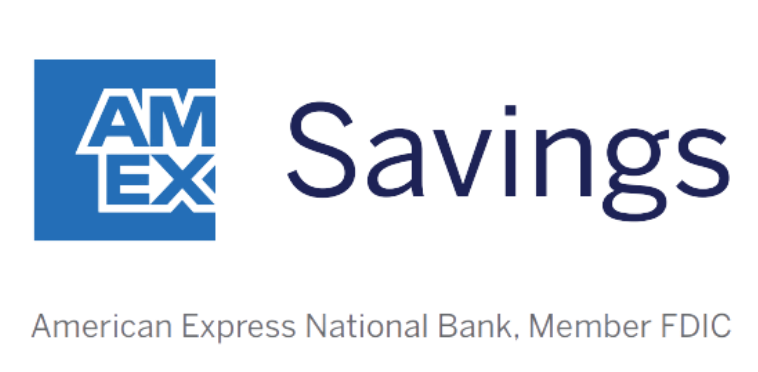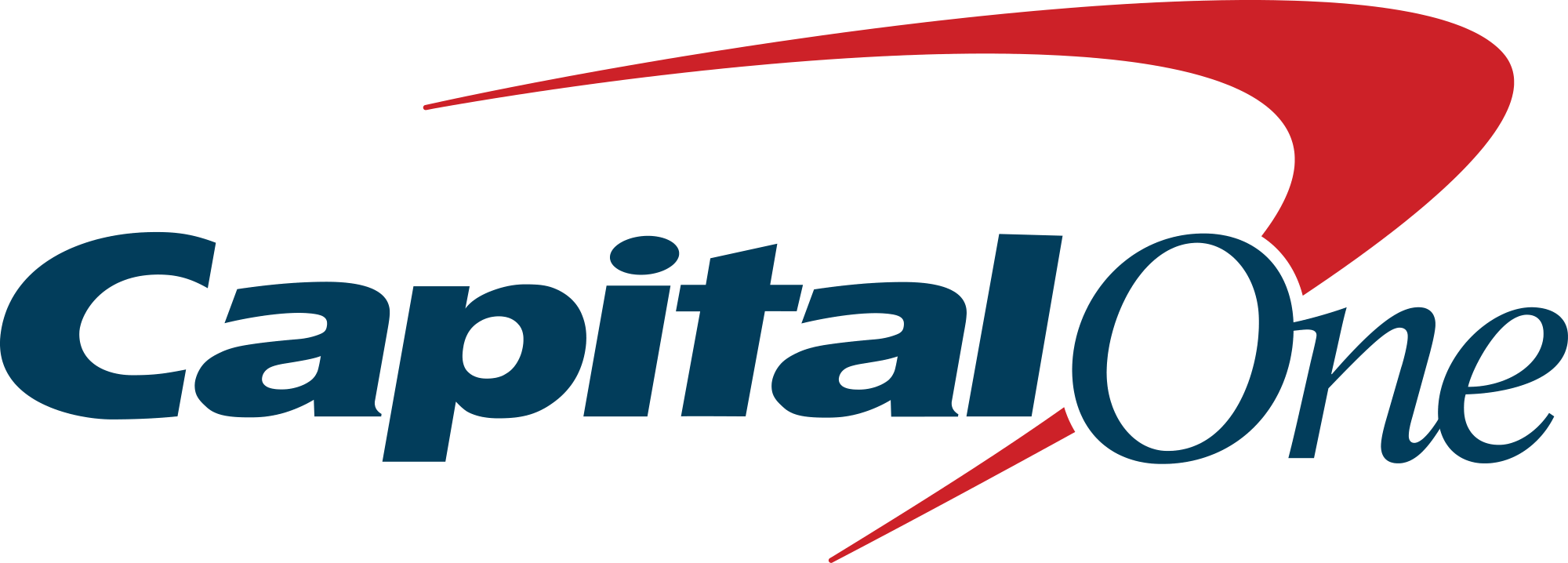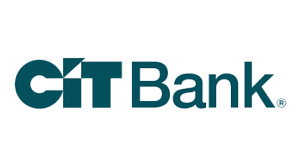There’s a reason CDs have been such a popular choice among savers this year. For much of 2024, shorter-term CDs were paying around 5%. And considering that you’re not taking risks with a CD the same way you are with an investment portfolio, it’s hard to pass up a rate that generous.
But at this point, the days of 5% CDs are largely behind us. You might find a 5% CD if you look around. But for the most part, CD rates have dipped below 5% following the Federal Reserve’s interest rate cut that took place in September.
Not only did the Fed make a rate cut last month, but it’s expected to continue doing so repeatedly in the course of the next year. And that’s apt to lead to lower CD rates across the board.
So it raises the question: Should you stop buying CDs given the Fed’s rate-cutting plans? Or do CDs still make sense even if they aren’t paying as much?
Our Picks for the Best High-Yield Savings Accounts of 2024
|
American Express® High Yield Savings 
APY 4.10%
|
APY 4.10%
|
Min. to earn $0 |
|
Capital One 360 Performance Savings 
APY 4.10%
|
APY 4.10%
|
Min. to earn $0 |
|
CIT Platinum Savings 
APY 4.70% APY for balances of $5,000 or more
Min. to earn $100 to open account, $5,000 for max APY
|
APY 4.70% APY for balances of $5,000 or more
|
Min. to earn $100 to open account, $5,000 for max APY |
There are still great deals to be had
If you missed the chance to lock in a 5% CD, you may be disappointed. But you should also know that CDs aren’t paying so much less than 5% these days. Check out this list of fantastic CD rates to earn a great return on your money.
If you have $5,000 to put into a 12-month CD, a 5.00% APY would give you $250. But if you’re only able to get a 4.50% APY, guess what? You’re looking at earning $225. That’s still a nice payday. And the $25 difference, while perhaps annoying, isn’t earth-shattering.
But while you shouldn’t necessarily shy away from CDs today, you should know that as the Fed’s rate cuts continue, CD rates are likely to keep falling. So if you have money to put into a CD today, open one now rather than wait. A year from now, we may be looking back fondly on the days of 4.50% CDs — and bemoaning the much lower rates we’re stuck with.
Is a CD right for you in the first place?
A CD is a great place to park some cash for a year, or even a few years. But if you have money you don’t expect to need for about seven years or more, then investing it is a better bet.
Because the Fed is expected to keep cutting rates, you should expect CD rates to become increasingly less competitive in the course of the next year. On the other hand, the S&P 500’s average annual return through thick and thin over the past 50 years is about 10%. And the Fed’s interest rate cuts may not have nearly the same impact on stock market returns as they do on CD rates.
In fact, if anything, the Fed’s rate cuts might lead to stronger stock market returns. Rate cuts could make it less expensive for companies to borrow money, thereby increasing their bottom line. And because rate cuts should lead to less expensive borrowing for consumers, too, spending might increase, leading to higher prices for some publicly traded companies.
So let’s say you have that $5,000 we discussed above. If it’s for a near-term goal, like buying a house in 2026 or 2027, then a CD is likely a good place to put it. But if it’s for your retirement, don’t settle for a 4.5% return or anything in that ballpark.
Instead, open an IRA and put that money to work in the stock market. If you score a 10% yearly return on your $5,000, in 25 years, you’ll have around $54,000, or roughly 11 times your initial investment. It’s hard to know what $5,000 might turn into if you put it into CDs over a 25-year period. But suffice it to say that it’s unlikely to be anywhere close to $54,000.
